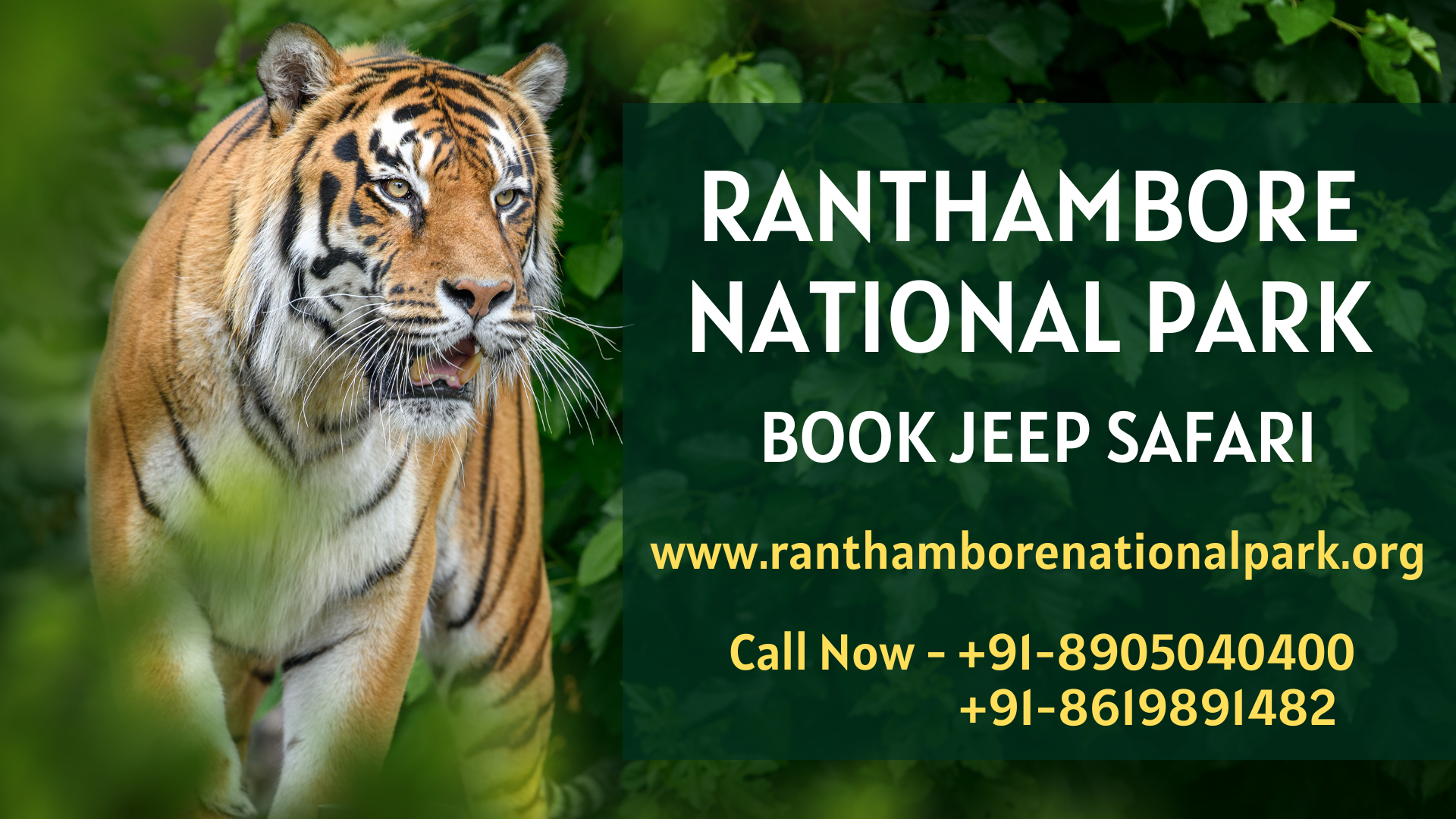Ranthambore Safari Booking: An Unforgettable Wildlife Experience

Ranthambore National Park, situated in the Sawai Madhopur district of Rajasthan, India, is a wildlife enthusiast's paradise. Known for its stunning tigers, varied plants and animals, and breathtaking landscapes, the park offers an exceptional safari experience that draws in visitors from all over the world. Whether you're a skilled wildlife professional photographer or a newbie explorer, booking a Ranthambore safari Booking assures an experience that will stick with you for a life time.
Why Book a Ranthambore Safari?
Ranthambore is among the very best locations in India to identify the Royal Bengal Tiger in its natural environment. The park's thick forests, rolling hills, and open meadows supply the best setting for these splendid animals to wander easily. But tigers aren't the only tourist attraction-- Ranthambore is home to a wide range of wildlife, including leopards, sloth bears, crocodiles, and over 300 species of birds. The park's biodiversity and the chance to witness wildlife in close proximity make it a must-visit destination.
Types of Safaris Available
Visitors to Ranthambore National Park can pick in between 2 main types of safaris: the Jeep Safari and the Canter Safari
• Jeep Safari: Ideal for smaller groups, the Jeep Safari is conducted in a 6-seater open vehicle, using a more intimate and versatile wildlife seeing experience. The smaller size of the vehicle allows access to narrow paths and unusual tracks, increasing the opportunities of finding elusive animals.
• Canter Safari: The Canter Safari is a 20-seater open bus, suitable for bigger groups. While it covers comparable routes as the Jeep Safari, the experience is more communal, and it's an exceptional alternative for budget-conscious travelers.
Each safari lasts approximately 3 hours and happens twice a day-- once in the morning and when in the late afternoon. These timings are designed to coincide with the peak activity durations of the park's wildlife, optimizing the possibilities of sightings.
Booking Your Safari.
Booking a safari in Ranthambore can be done online through the official website of the Rajasthan Forest Department or through licensed travel representatives. It is recommended to book well beforehand, particularly during peak seasons (October to June), as the variety of vehicles allowed the park is limited to decrease environmental effect. When booking, you can select between various zones of the park, each providing a special landscape and wildlife experience. Zone 1 to 10 are the most popular, with Zones 1 to 5 being understood for higher opportunities of tiger sightings.
Accommodation Options
Ranthambore uses a variety of lodging choices to match every budget plan, from luxury resorts to environment-friendly lodges and budget hotels. Remaining close to the park entryway is recommended for simple access to your safari, especially for morning slots. Many resorts and hotels likewise offer bundles that include safari bookings, assisted tours, and cultural experiences, offering a thorough Ranthambore experience.
Discovering Ranthambore Fort: A Journey Through History
While the wildlife safari is the piece de resistance at Ranthambore, the park is also home to the historical Ranthambore Fort, a UNESCO World Heritage Site that includes a rich cultural measurement to your visit.
A Glimpse into the Past
Ranthambore Fort, set down atop a hill within the national park, goes back to the 10th century and is one of the earliest forts in Rajasthan. The fort was a tactical defense point for the rulers of the region, managing the trade routes in between North and Central India. It has seen many battles, especially throughout the reign of the Chauhan dynasty, and later under the control of the Delhi Sultanate.
The fort is a vast complex with enormous stone walls, imposing gates, and a number of temples and palaces within its properties. As you explore its ancient ruins, you can almost hear the echoes of history and picture the magnificence of the fort in its heyday.
Key Attractions at Ranthambore Fort
• Ganesh Temple: One of the most revered temples in the region, the Ganesh Temple within the fort is a significant expedition site. Devotees from across the nation see to look for blessings from Lord Ganesh. The temple's peaceful environments and breathtaking views of the park make it a peaceful retreat.
• Jogi Mahal: Situated near the Padam Talao, the largest lake in the park, Jogi Mahal was when a searching lodge for the Maharajas of Jaipur. Though closed to the general public, the mahal's location provides spectacular views of the lake and the surrounding wilderness.
• The Fort's Architecture: The architecture of Ranthambore Fort is a mix of Rajput and Mughal designs, showing the numerous rulers who have occupied it over the centuries. The fort's bastions, gates, and temples are adorned with elaborate carvings and sculptures, providing a look into the creative heritage of the area.
Checking out the Fort
Visiting Ranthambore Fort is like stepping back in time. The fort can be reached by a short trek from the park entrance, offering an opportunity to delight in the natural charm of the surroundings. The trail is well-kept and offers spectacular views of the park and the close-by lakes. When inside the fort, you can invest hours exploring its different structures, each with its own story to inform.
Integrating Wildlife and Heritage
A trip ranthamhbore wildlife sanctuary to Ranthambore is incomplete without experiencing both the exhilarating safari and the historic fort. The combination of wildlife adventure and cultural exploration makes Ranthambore an unique destination, offering something for everybody. Whether you're admiring a tiger in the wild or taking in the history of the fort, Ranthambore assures a remarkable journey that will leave you with stories to share and memories to treasure.
When preparing your go to, ensure you allocate time for both the safari and a fort tour. This way, you can fully value the natural and historic significance of this extraordinary area.